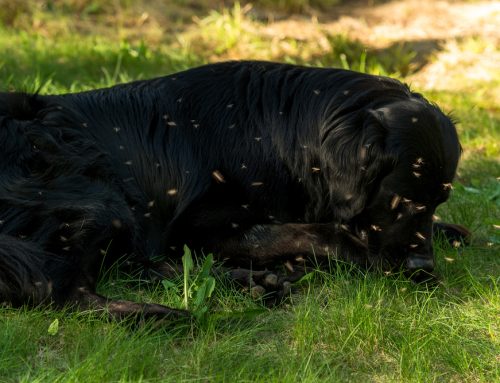 As a pet owner, you probably know the panic that comes with losing a pet. You’ve probably even imagined how terrifying and heartbreaking it is for a pet to be lost, too. And, hopefully, because of this, you’ve tried to help lost pets that you’ve found get home, or at least find a safe place to stay until he or she can be reunited with his or her owner.
As a pet owner, you probably know the panic that comes with losing a pet. You’ve probably even imagined how terrifying and heartbreaking it is for a pet to be lost, too. And, hopefully, because of this, you’ve tried to help lost pets that you’ve found get home, or at least find a safe place to stay until he or she can be reunited with his or her owner.
But helping a lost (and now found) pet isn’t always as simple as it seems. It’s only natural for both you and the animal to be a little nervous about the whole ordeal, but with a little know-how on your part (and maybe a few treats) it is possible to help these scared, lost pets find their way to safety.
Planning Ahead
If you’re one to play the hero, it’s always best to be prepared. Lost animals don’t always show up at our doorstep (although they can), but instead tend to cross our path while we’re out and about.
Because of this, we recommend having the following items in your car or kit bag when you’re on the go:
These basic items should help you to wrangle the animal and control him or her until you can get to a safe location, such as your yard, home, a shelter, or the pet’s home.
Approaching the Found Pet
Not all pets are friendly with strangers. This is especially true for pets that are injured, scared, hungry and thirsty, or are in unfamiliar settings. Because of this, you want to approach a found pet with caution, patience, and soothing tones.
You can often tell by a pet’s tail how long he or she has been lost. If the tail is still full of pep and confidence, you’ve likely found a dog that is still enjoying his or her freedom romp. However, if the pet’s tail is down and looking defeated, that’s likely how the animal is feeling too, and it also probably means the pet is hungry and scared.
Approach unfamiliar pets at their level, slowly, and with an out stretched hand (preferably holding a treat), and talk to it in calm and soothing tones. If the animal acts aggressive or runs off, let it go and call animal control for help instead.
Once you’ve established friendly contact with the animal, slip on a leash and offer him or her some water, at the very least (and if possible).
Getting the Pet Home
Sadly, most lost pets aren’t wearing collars when they are found, which can make getting the found pet home a challenge. Here are some steps you can take to help the pet you’ve found:
If you have any other questions or concerns about how to handle a found pet, please don’t hesitate to call us. We know how stressful this can be for everyone involved, and are happy to help.






